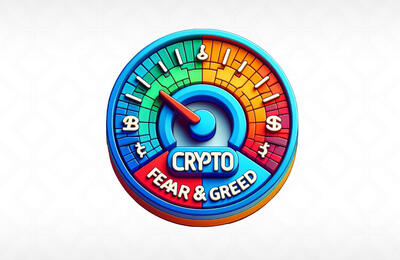
Are you a trader? If you're reading this, you're probably aware of how large the CFD and general trading world has become.
Perhaps even more so, you are becoming more involved in the trading and financial world; the trend of the retail trader has definitely come and made its imprint on the planet.
You may have also found yourself discovering new sub-trends — top within the subject of online trading — for example, you may be wondering: what is social trading? Copy trading: What Is It? Are they regarded as the same thing? Not to be mistaken with mirror trading, social trading and copy trading are more intertwined in the modern trading world — while maintaining their complementary differences.
Let us go into more depth about 'what is social trading?'; comprehend the differences and how you can apply pertinent cars to your trading path.
Introduction to Social Trading
Social trading: What Is It? We're going to break it down in the simplest manner, as, usually speaking, it is a rather straightforward explanation. Social trading is a type of investing that is based on community participation; investors follow and study the trade behaviours of others.
This so-called community will typically be within an actual platform where traders can observe the activity of other traders, follow their opinions, and make remarks and opinions of their own.
With the option to use copy trading to actually copy their precise movements and strategies, social trading offers you an intriguing look into analysing financial data based on successful traders' movements.
What is the appeal of social trading? Well, in principle, you don't need much or any knowledge to join... particularly if you just follow experienced traders to learn. Anyone can participate, and the material is usually well described for all education levels; it's a win-win situation for everyone.
As an idea, social trading is essentially the overall framework that encompasses both copy trading and mirror trading; these two trading strategies are unique and can be applied as a result of the social trading environment.
The growingly common trend of social trading could very possibly remove the need for many conventional positions within the finance world. For example, since the financial crisis, asset management advisors have lost a lot of confidence in their clients. Individuals are putting their money's future truly into their own hands. Social trading is a low-cost solution that makes sense.
Take notice of the key differences below before we wrap up this part.
Mirror trading
The first trading strategy to appear, mirror trading, dates back to 2000 and is closely related to automated trading. It entails replicating a strategy created by a trader and hosting it on the company's server that provides trading services to make it accessible to users who want to implement it.
Copy trading
In this instance, successful traders have the option to register with other traders to copy their identical positions for a small monthly charge. While the individual who is being copied retains control of the settings, they are essentially setting up their account to open and end the precise positions of the trader they want to copy.
Social trading
This is the most important component — social trading is the core theme that encompasses both mirror and copy trading. Furthermore, social trading functions as a general forum where you can view, discuss, and remark on the trading activity of others.
Advantages of Social Trading
As you might expect, incorporating social trading and copy trading into your overall strategy can have positive effects. When you discover a trader of interest, you can simply and swiftly sign up to 'copy trade' with them. This provides you exposure to other markets of interest, and the opportunity to utilise additional skill sets among other benefits.
It provides the possibility of networking with other traders, doubts about markets, questions about techniques, the possibility of discussing an event that affects investors, and so on.
It allows you to start trading without prior training from experienced traders and gradually learn from them as you get hands-on experience.
Those traders who do not tolerate high levels of anxiety and are easily carried away by emotions can find a method to invest more wisely in social trading by copying the positions of other traders.
Disadvantages of Social Trading
Social trading has many advantages, but you should also be conscious of its drawbacks. Social trading should not be seen as a 'miracle' method to trade, which eliminates the need for common sense and your own due diligence.
When deciding whether to incorporate both social and copy trading into your strategy, keep in mind the following:
New traders who choose to trade socially as their first point of interaction with the market may become too relaxed, leaving their operations in pros' hands and not being properly taught. This lowers risk perception, which is dangerous when choosing how much capital to invest.
We must be careful when replicating high-risk trade strategies, such as scalping, because our risk profile and capital may vary significantly from the trader we are replicating.
Final Words
Getting began with social trading is a straightforward process. Register with a reliable trading platform, look for experienced traders that fit your trading preferences, and progressively try to use what you've learned from copying their movements.
As more investors turn to one another for investment advice, social investing is becoming increasingly common. Depending on where you are in your financial path and where you intend to settle, a social trading strategy may be a method to try initially.













